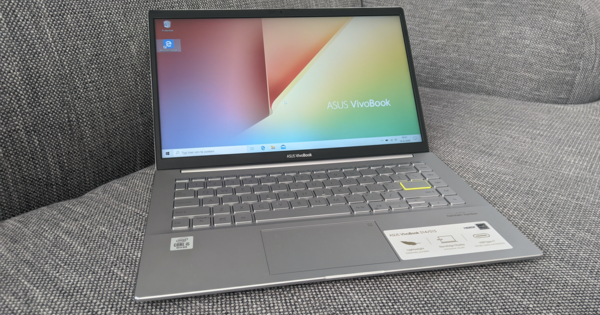To play music in high quality via our hi-fi system, it is not necessary to fall back on the CD player. In this workshop we will show you how to expand a Raspberry Pi with a HiFiBerry Digi and the open source package Volumio. With this affordable set you can play audio in the highest quality on your sound system. This way you can stream music with the Raspberry Pi.
1 The hardware
By default, a Raspberry Pi has a headphone output to play audio. Unfortunately, it is known for its poor quality. To be able to play audio in the highest quality (192kHz/24bit), we use additional hardware. HiFiBerry provides extensions for most Pi variants. Because we want to transmit the audio signal digitally to our hi-fi system, we opt for the Digi+ Standard (from 22.90 euros). This has an optical TOSLink and an RCA/RCA connection with which audio is digitally passed to the amplifier. The expansion board fits directly onto Raspberry Pi's gpio port, no soldering is required.

2 The software
As operating system we use the open source package Volumio. The package has been developed as a so-called 'headless' application, which means that it is intended to be operated via the built-in web interface. The package supports audio from formats such as mp3, flac, wav, aac, alac and dsd and is recognized on a network as upnp/dlna system. It's nice that it also supports web radio and can be expanded with add-ons. This also makes it possible to add Spotify support.
3 Assembly
Placing the HiFiBerry is simple. As mentioned, the card fits directly onto the gpio connection of the Raspberry Pi. You fix it to the motherboard with the supplied plastic spacers. You don't need a power supply because the board gets its power from the Raspberry Pi. The standard housing of your Pi will of course no longer fit, fortunately increased versions are widely available.

4 Download Volumio
Now that the hardware is ready, it's time to install the operating system. Go to www.volumio.org and click at the top Download. Choose left for raspberrypi and click Download. A zip file of approximately 270 MB will be downloaded. Extract the archive file and save the image file to the desktop. To put this image on the SD card, we use the free program Win32 Disk Imager. Go here to start the download immediately. Extract the package and install it.

5 Flash Image
To put the Volumio image on the SD card, insert an empty SD card into your PC. Start Win32 Disk Imager and select the image by clicking the folder icon. Then select the drive where the SD card is placed. click on write, another warning box will follow stating that all information on the SD card will be erased. click on OK, after which Volumio is placed on the SD card. Exit the program and remove the SD card from the computer.

6 First time startup
Insert the SD card with Volumio into the Raspberry Pi. Connect the HiFiBerry to the audio system via the optical output or with a RCA plug. Connect the lan cable to your Pi, if you have one, that is a bit more convenient than via WiFi, see step 8. Also connect the other equipment (for example a USB disk) to the Pi and finally connect the power supply. Use an adapter that can supply at least 2 amps, since it must supply both the Raspberry Pi and the Digi+ with power. Starting up the Raspberry Pi now takes some extra time, because Volumio configures itself once.

7 Find out IP address
In order to operate Volumio, we need to log in with a browser. To be able to connect to our network, we need to find out the IP address. Open a browser (Chrome is recommended by Volumio) and type in the address //volumio.local. The Volumio home screen will be displayed. In the unlikely event that this does not work, find out the IP address in Chrome by installing the (hidden) extension mDNS Browser. You can also find out the IP address on an Android phone with Fing or an iPhone/iPad with Net Analyszer. Our set should show itself in it with the name Volumio.

